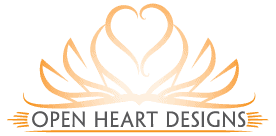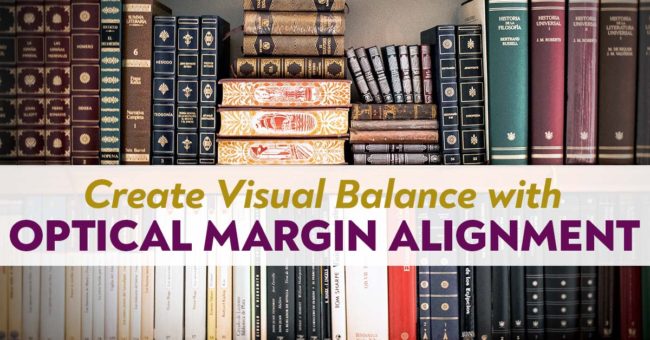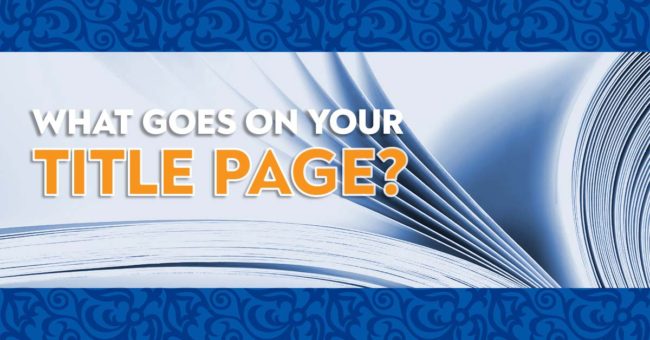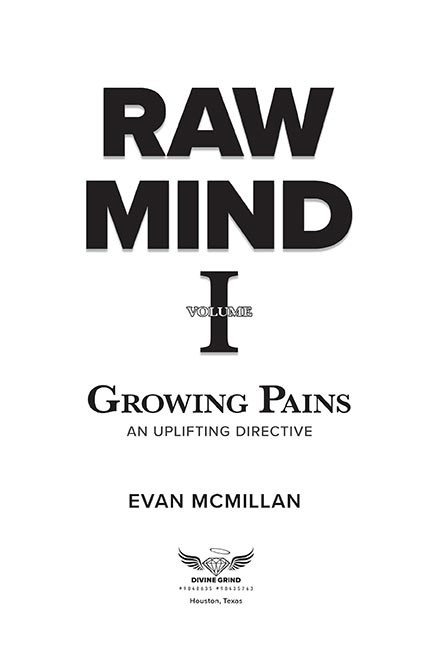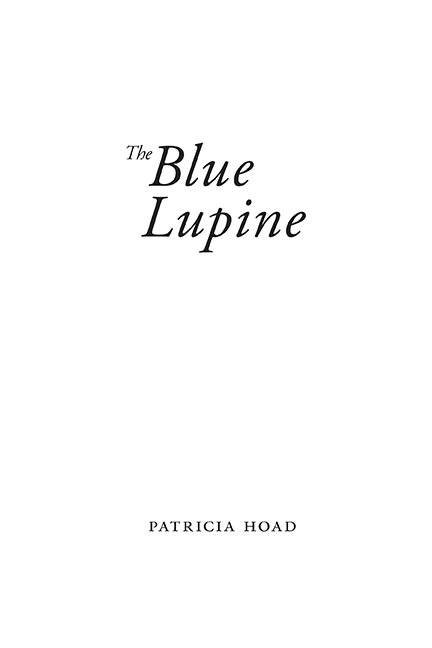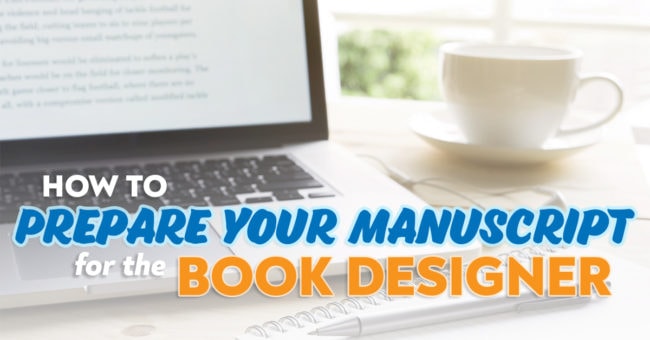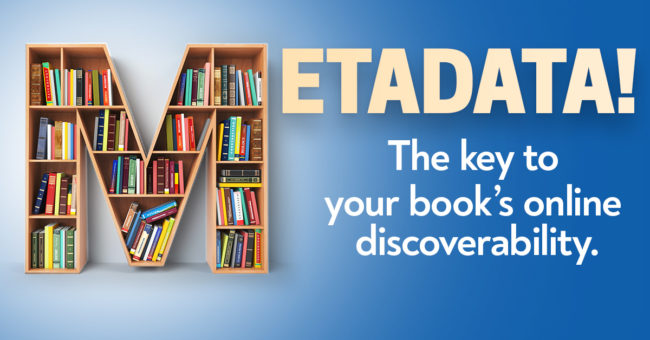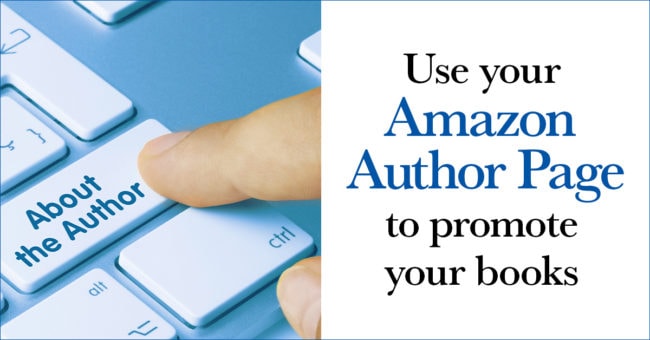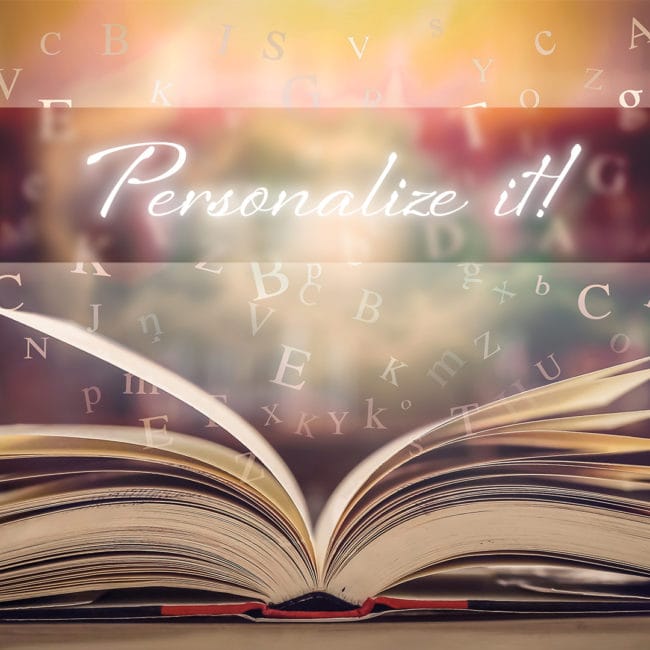When you want your page to have visually clean, crisp lines, using hanging punctuation can help! Hanging punctuation was first used in the Gutenberg bible where hyphens and other text features were slightly bumped into the right and left margins to create visual uniformity on the page. It was a very tedious job in those days and usually there was one person dedicated solely to that task. In modern times, advanced typesetting software makes this a simple job. It includes more than just hyphens and punctuation, and is called optical margin alignment.
So...what is it?
This optical margin is the "invisible line" that your eyes see when looking at the right and left edges of a block of text. Take a look at the text samples below:
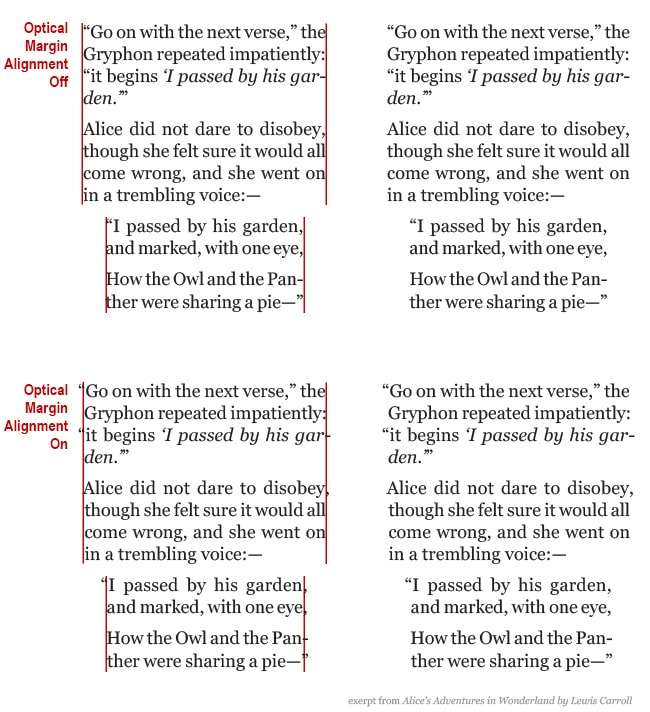
When characters like quotation marks, periods, commas, hyphens and dashes, and others are not hung into the margins, it creates a visual indent, or negative space, in the block of text as a whole that can sometimes feel distracting to the reader. Using optical margin alignment helps create the appearance of a flush right and left edge by removing the negative space. This more visually balanced text allows the reader a neat, clean, uninterrupted reading experience.
It should also be noted that, while this technique is widely used - especially with justified text, it's not a rule set in stone that it should always be used. It can be used throughout your book, or just in certain places, like excerpts, quotes or lists that, by design, are separated from the main flow of text. Ultimately the decision to use optical margins is a matter of preference that, as a self-publishing author, you can decide if it seems right for your book. Some people prefer the look of their text without the optical margin alignment and that's okay. The overall goal is to create a great reading experience and sometimes we get there in in different ways.
Help for Independent Presses
Book Design & Production
Have you written a nonfiction or fiction manuscript? After it has been professionally edited, I can design the interior pages and cover, plus guide you through the maze of book publishing and printing. To get started, contact me to discuss your project and my helpful guide for authors.
